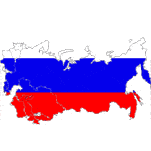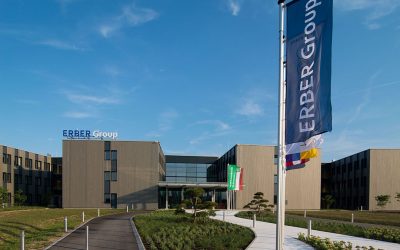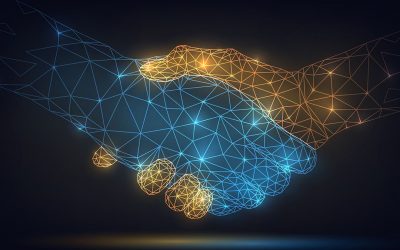Demographics

After over 200 years of Mongol domination the Principality of Muscovy was founded in the 12th century. It began absorbing territory across Siberia to the Pacific and to the Baltic Sea. Under the rule of Peter I (1682-1725) the country was renamed the Russian Empire.
During the 19th century, territory in Europe and Asia was acquired. In 1917
the imperial household was overthrown and the Communists under Vladimir Lenin
seized power, soon after and formed the USSR.
the imperial household was overthrown and the Communists under Vladimir Lenin
seized power, soon after and formed the USSR.
In 1985-91 General Secretary Mikhail Gorbachev introduced glasnost
(openness) and perestroika (restructuring) in an attempt to modernise Communism,
but his initiatives inadvertently released forces that by December 1991
splintered the USSR into Russia and 14 other independent republics.
(openness) and perestroika (restructuring) in an attempt to modernise Communism,
but his initiatives inadvertently released forces that by December 1991
splintered the USSR into Russia and 14 other independent republics.
Since then, Russia has struggled in its efforts to build a democratic
political system and market economy to replace the social, political, and
economic controls of the Communist period.
political system and market economy to replace the social, political, and
economic controls of the Communist period.
Location: Northern Asia (the area west of the Urals is considered
part of Europe), bordering the Arctic Ocean, between Europe and the North
Pacific Ocean
Capital: Moscow
Population: 141,377,752 (July
2007 est.)
GDP – real growth rate: | 6.7% (2006 est.) |
GDP – per capita (PPP): | $12,200 (2006 est.) |
GDP – composition by sector: | agriculture: 4.9% |
industry: 39.3% | |
services: 55.8% (2006 est.) |
* GDP = gross domestic production
Surface area | Land use |
Total: 17,075,200 sq km | arable land: 7.17% |
Land: 16,995,800 sq km | permanent crops: 0.11% |
Water: 79,400 sq km | other: 92.72% (2005) |
Information source: CIA World Factbook











